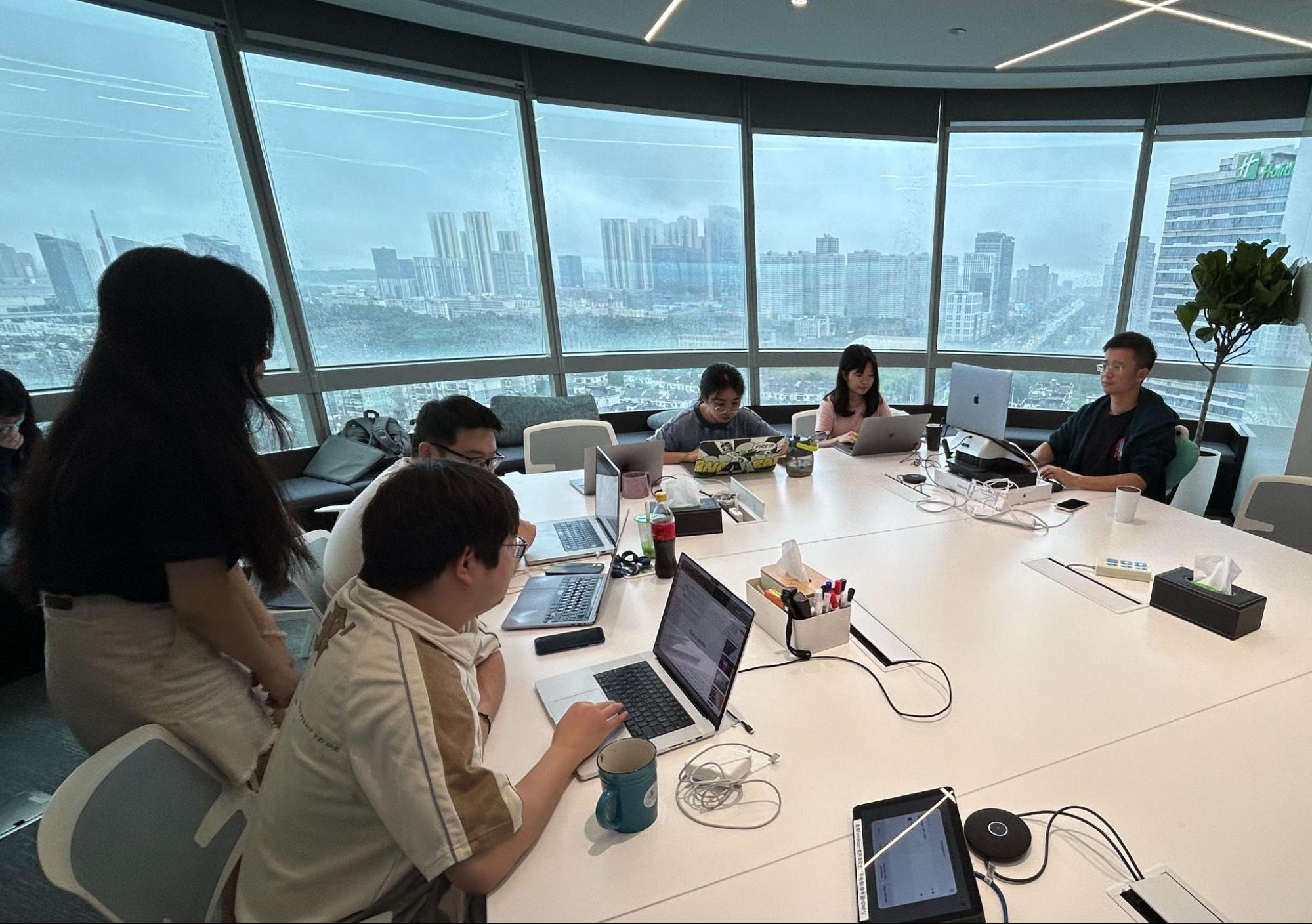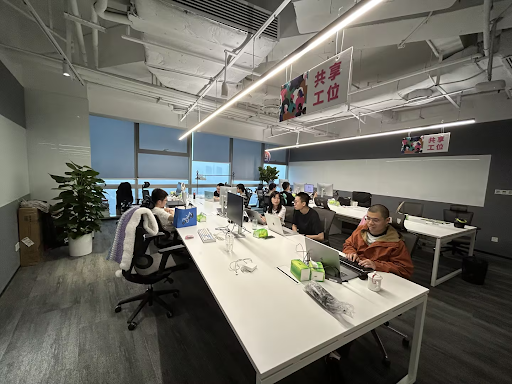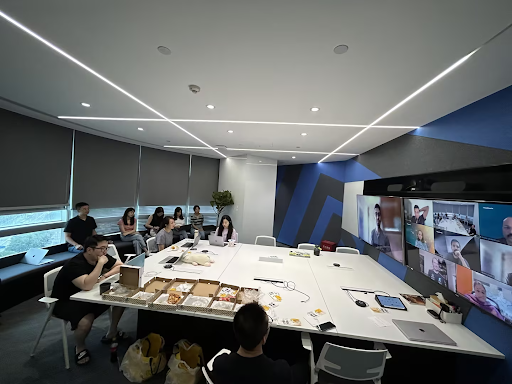Hackathons have been a core part of the technology industry for a number of decades. While the focus, scope and aims of each one is always unique, they are united by an ethos of innovation, collaboration and learning. This is why we have embraced hackathons as a cultural tool within Thoughtworks — they’re a great way to help us explore new possibilities and open up new ways for teams to work together.
Over the past four years, Thoughtworks has run 11 hackathons. These have generated more than 200 ideas and 25 working prototypes and concepts, tackling topics and areas as diverse as marketing, AI and operational efficiency. Notably, we partnered with Google Cloud for the past event, leveraging Google Cloud Skills Boost to enhance our team's capabilities.
We think the success we’ve had is something other organizations can learn from. And while we’d urge any team, function or business that takes technology seriously to consider running their own hackathons, it’s important that you approach it and plan them in the right way — that’s how you can ensure maximum impact for your technology teams and your wider culture. In this blog post we’ll explain how to do it and some of the things we’ve learned.
Hackathon prep: the role of the Hackathon Committee
By their nature, hackathons are intense, time-bound opportunities to explore problems and shape solutions. We typically dedicate a couple of days to each hackathon. This requires considerable planning and coordination, which is why we have something called a ‘Hackathon Committee’ for each hackathon. This is a cross-functional team of two to five people, and is responsible for planning and curating the event.
The group’s key responsibilities include:
Identifying a theme: The committee works with the business to select a relevant theme for the hackathon. It usually also identifies a business sponsor for each team who will help ensure the hackathon delivers significant business impact.
Selecting the jury: The committee is also responsible for inviting members of the C-suite and senior leadership to join the jury for the hackathon’s final showcase. At Thoughtworks, senior leaders are usually eager to participate; this is because they see the event as crucial for shaping the future of our business and gaining visibility into potential initiatives they might support post-hackathon. Getting buy-in and selling the story of the hackathon is an important way to build enthusiasm and engagement from senior figures in an organization.
Forming teams: The committee will typically promote the hackathon and collect nominations from people that want to participate. We prefer voluntary participation and always aim to create new teams composed of individuals from diverse backgrounds and domains. For us this is essential to fostering collaboration and encouraging relationship-building. We recommend team sizes of 10-15 people to ensure a broad range of skills and roles, forming three to four teams based on participation. While the aim is to enable in-person collaboration at the office, we think it’s important that activities can still be done remotely for those that can’t join the hackathon in person.
Scheduling: The committee will set the hackathon dates during the workweek, usually spanning two or three days. The right length of time ultimately depends on the number of participants and the scope of the event. However, at least a full day is usually needed. At Thoughtworks we occasionally schedule them on Fridays or Mondays and extend into the weekend if certain teams and individuals wish to spend more time on their projects.
Managing partnerships and development environment: Sometimes hackathons might be a primarily internal affair. However, there are also opportunities to work with external partners and other related organizations. At Thoughtworks the committee plays an important role in maintaining relationships with partners and ensuring the necessary development environment is in place.
Each hackathon team is assigned a Hackathon Committee member (the organizer) and a business sponsor. These roles work together to provide structure and business relevance, ensuring the hackathon achieves maximum business impact. The Hackathon Committee keeps the event focused by collecting, filtering and evaluating ideas based on impact and feasibility before the hackathon begins. However you choose to do it, making sure that participants are well-supported and that the event remains focused and within scope is critical.
Executing a hackathon
At Thoughtworks, when the hackathon kicks off, each team has already worked with their organizer and business sponsor to identify the idea they will focus on. This preparation ensures that the two to three days of the hackathon are fully dedicated to developing the solution.
Throughout the hackathon, we like to ensure regular updates and sneak peeks are shared; this keeps everyone connected. We use a variety of collaboration tools, such as Trello, to capture tasks and distribute the work effectively. Zoom meetings with breakout rooms facilitate communication and collaboration.
In the most recent two hackathons, we partnered with Google. During the hackathon development days, we organized sessions where our teams could connect with Google subject matter experts to clarify questions and receive assistance and feedback. This partnership provided valuable insights and support, and enhanced the overall learning and development experience for our teams.
Hackathon wrap-ups: Showcasing business impact and tech excellence
The showcase represents the culmination of the event. We usually have hundreds of people in attendance, eager to see what participants have done; however, a successful hackathon doesn’t need a huge audience of observers, it just needs an engaged and supportive community. In some instances that might just be those participating.
The showcase is organized by the Hackathon Committee, where each team is given a set amount of time to present their solution. The organizer and business sponsor work closely with their respective teams to ensure the showcase includes:
A problem statement that clearly conveys what problem the team is solving and for whom.
A demo where participants showcase working software by walking the audience through a user journey from beginning to end.
The potential (or real) business impact that highlights user benefits, business benefits, financial impact and ROI.
Each presentation at a Thoughtworks hackathon is typically eight minutes long. It’s then followed by a timeboxed Q&A session. Again, the length of presentations and the structure of the showcase are ultimately down to the focus and feel of your hackathon. If you want to run one that is smaller and less formal, you may not even need to be that strict with timeboxing. Once all teams have showcased their work, the jury leaves the main Zoom room to deliberate on who the winner should be.
While it is a great honor to win a hackathon, the competition aspect only adds to the fun. Indeed, you could run a hackathon without any competitive element. What’s most important is that the event encourages collaboration and inspires innovation and learning.
Working session: Team 1 (Slide Sculptor)
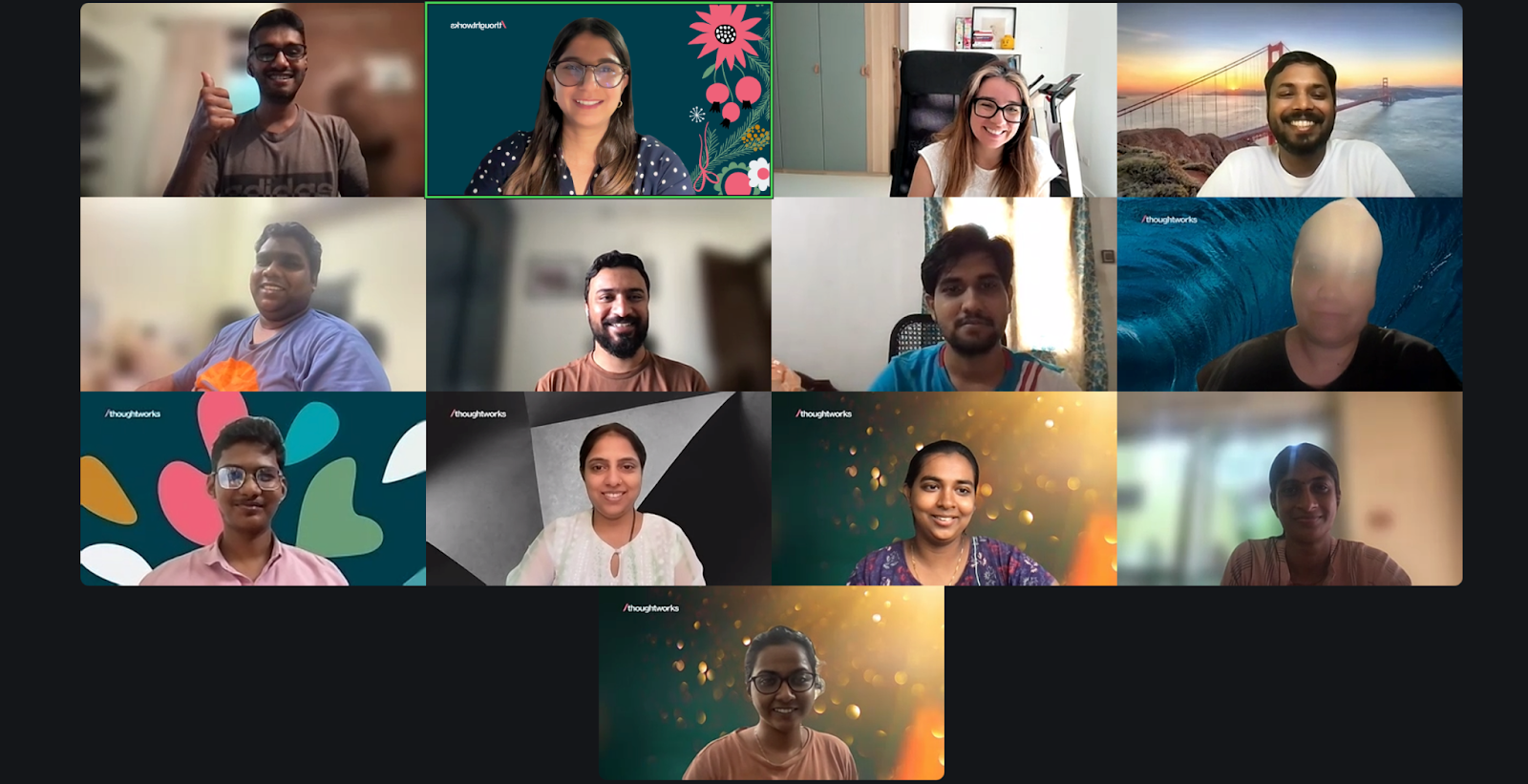

Remote working session: Team 2 (HackTop Heroes)
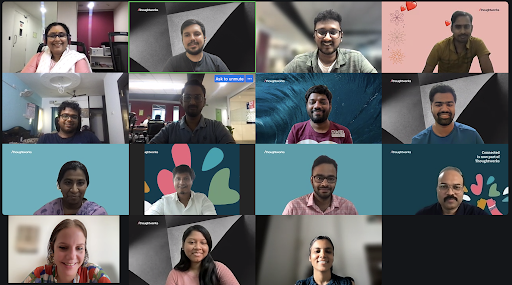

Remote working session: Team 3 (GrandSLAM)
Key takeaways
Empower the Hackathon Committee: Ensure they drive operations from start to finish.
Leverage partnerships: Maximize learning and explore new tools and technologies.
Break silos: Form cross-functional teams and invite diverse participants to connect and innovate.
Acknowledgements
A successful hackathon takes a village. We thank all the organizers, participants, and jurors of past Thoughtworks editions for their contributions, which have made our hackathons remarkable events that drive change and innovation while reinforcing our culture.
Disclaimer: The statements and opinions expressed in this article are those of the author(s) and do not necessarily reflect the positions of Thoughtworks.
















